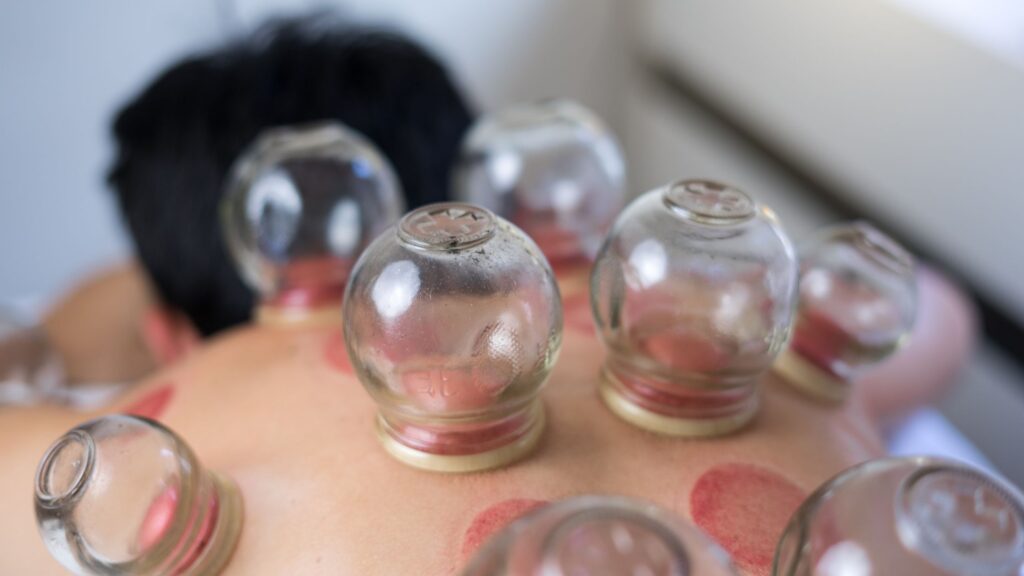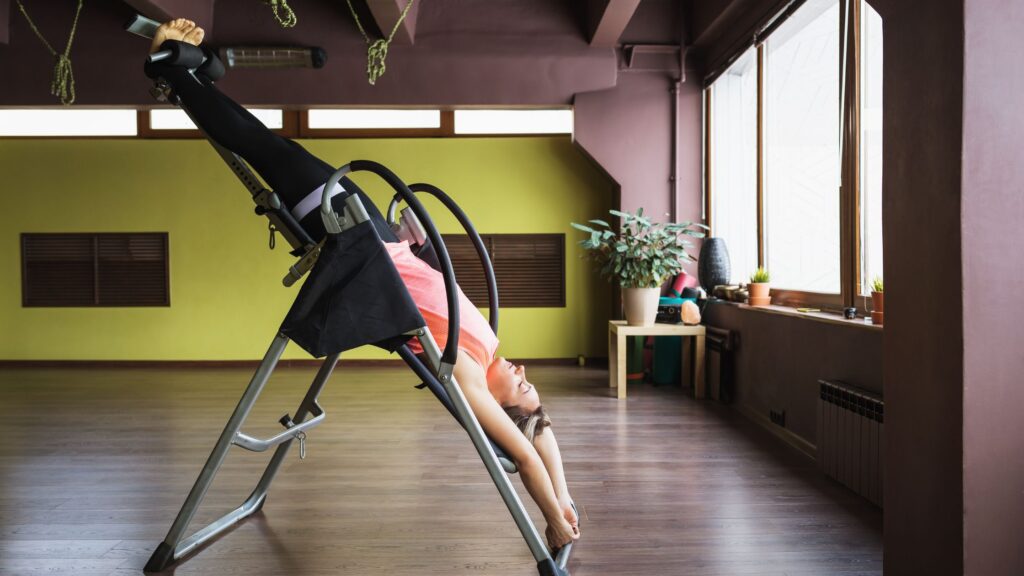Back pain is a common and often debilitating condition that affects millions of people worldwide. Among the various treatment options available, cupping has gained popularity as an alternative therapy for alleviating back pain. Cupping is an ancient practice with roots in traditional Chinese medicine, and it involves the use of suction cups placed on the skin to create negative pressure. Proponents of cupping claim that it can improve blood flow, reduce muscle tension, and promote healing, but does this traditional technique hold up to scientific scrutiny? In this article, we will delve into the effectiveness of cupping for back pain, examining both its historical use and the evidence from modern research.
The History of Cupping Therapy
Cupping therapy has a long history that can be traced back thousands of years. It has been a prominent healing technique in traditional Chinese, Egyptian, and Middle Eastern medicine, among others. The original method involved using animal horns or bamboo cups to create suction on the skin, but over time, various cupping instruments have been developed, including glass, bamboo, and plastic cups.
The practice of cupping was believed to balance the body’s vital energy, known as Qi or Chi, and to remove stagnation of blood and Qi to promote healing. It was used to treat a wide range of ailments, including pain, inflammation, respiratory issues, and more. Over centuries, cupping therapy has evolved and spread to different cultures and regions, each with its own variations and techniques.
Modern Application of Cupping for Back Pain
In recent years, cupping has experienced a resurgence in popularity as a therapeutic option for back pain. The modern application of cupping involves creating suction on specific areas of the back using glass or plastic cups. There are two primary methods of cupping:
1. Dry Cupping: The cups are placed on the skin, and the air inside the cup is removed, creating a vacuum that draws the skin and superficial muscles upwards into the cup. The cups are left in place for a few minutes before being removed.
2. Wet Cupping (Hijama): After dry cupping, small incisions are made on the skin, and the cups are applied again to draw out a small amount of blood. This method is believed to rid the body of toxins and promote healing.
Practitioners of cupping believe that the negative pressure created by the cups can help release muscle tension, improve blood flow, and stimulate the body’s natural healing processes, ultimately providing relief from back pain.

The Evidence: What Does Research Say?
While cupping therapy has a long history and is widely used in traditional medicine, scientific research on its effectiveness for back pain is limited. Most studies conducted on cupping suffer from small sample sizes, lack of control groups, and other methodological flaws, making it challenging to draw definitive conclusions.
A systematic review published in the *Journal of Bodywork and Movement Therapies* in 2017 analyzed several randomized controlled trials (RCTs) that investigated cupping for various types of pain, including back pain. The review found some evidence that cupping may provide short-term relief for chronic neck and lower back pain. However, the authors highlighted the need for higher-quality studies to establish its efficacy more convincingly.
Another systematic review published in the *Journal of Acupuncture and Meridian Studies* in 2021 evaluated the effects of cupping therapy on musculoskeletal conditions, including back pain. The review concluded that cupping may be effective in reducing pain intensity and improving function in patients with chronic nonspecific low back pain. However, the authors again emphasized the limited number of high-quality studies and the need for more rigorous research.
Possible Mechanisms of Action
The mechanisms by which cupping might provide relief for back pain are not entirely understood and require further investigation. Some theories propose that cupping creates a local inflammatory response, triggering the body’s natural healing processes. The negative pressure may also stimulate blood flow to the affected area, promoting circulation and tissue repair.
Additionally, cupping might have a placebo effect, where the belief in the therapy’s effectiveness leads to perceived pain relief. This psychological component can play a significant role in pain management.
Safety and Side Effects
Cupping is generally considered safe when performed by trained professionals. However, there are potential side effects and risks associated with the therapy. Common side effects include temporary skin discoloration, bruising, and mild discomfort. Infection and burns can occur if the cups are not applied correctly or if wet cupping is performed improperly.
Individuals with certain medical conditions, such as hemophilia, skin conditions, or those who are pregnant, should avoid cupping or consult with a healthcare professional before trying the therapy.
Conclusion
Cupping therapy is an ancient technique that has seen a resurgence in popularity as an alternative treatment for back pain. While historical use and anecdotal evidence suggest potential benefits, scientific research on the effectiveness of cupping for back pain is still limited and inconclusive. Some studies indicate that cupping may offer short-term relief for certain types of back pain, but more rigorous research is needed to establish its efficacy definitively.
As with any alternative therapy, it is essential to approach cupping with caution and consult with a healthcare professional before trying it, especially if you have underlying medical conditions. If you experience chronic or severe back pain, it is crucial to seek comprehensive evaluation and treatment from qualified medical practitioners who can offer evidence-based approaches to managing and alleviating back pain effectively. Ultimately, while cupping may be a complementary approach, it should not be considered a standalone solution for back pain management.



